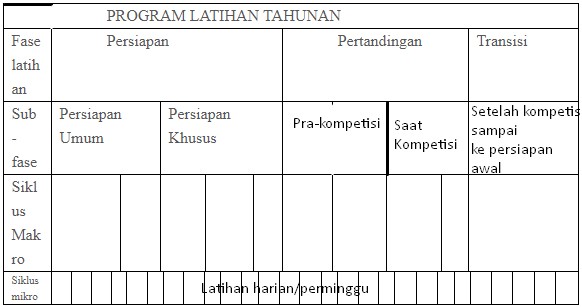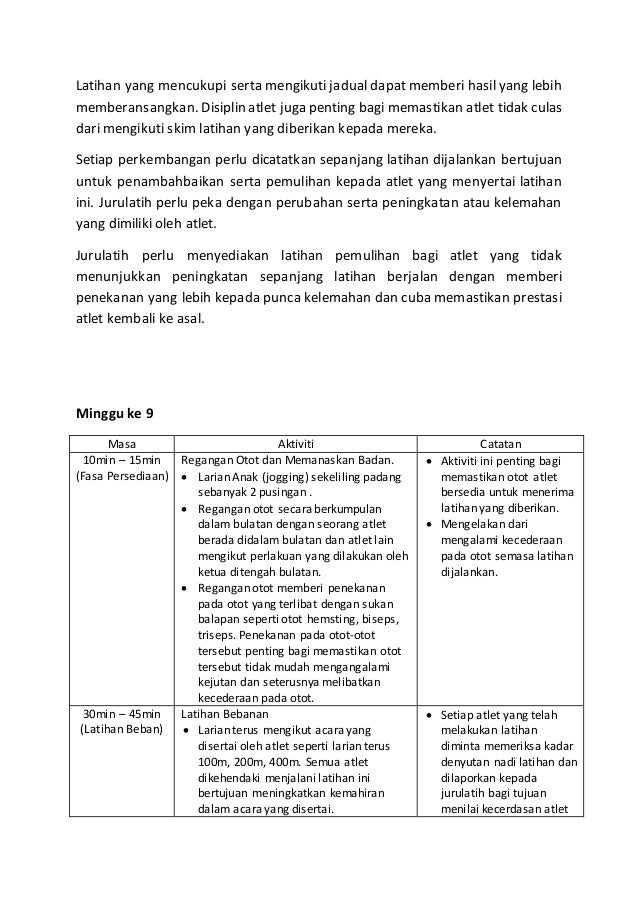

The resulting effective ground thermal conductivity was 1.364 W/m K and the borehole thermal resistance was 0.18 K/(W/m). Used method and performed evaluation are presented for a borehole drilled in clay, silt, and sand.

Measured data were evaluated by the line source model. In this study, which was the first TRT in Algeria (Tlemcen site), the purpose was to determine the effective ground thermal conductivity. Therefore, an in situ method of experimental determination of these parameters, thermal response testing (TRT) is used primarily for in situ determination of design data for BHEs. The determination of thermal conductivity of the soil in laboratory experiments does not usually coincidence with the data under in situ conditions. Those data, the effective thermal conductivity of the soil λeff and the average temperature of the soil TĠ enable us to determine the necessary number and depth of. Optimum design of a borehole heat exchanger (BHE), as the outer part of a GSHP heating system, requires knowledge of the thermal properties of the soil. Ground source heat pumps (GSHPs) mean attractive heating and cooling systems. In contrast, more experienced athletes need more complex types and paradigms in more experienced athletes. In young athletes, with simple loading and using a little type will be more effective. A key factor in improving performance is planning the progress of loading. All exercises will be dominated by drills and techniques that will take precedence in accelerating adjustments and finally at greater levels of performance. As long as athletes experience maturity, specialization training becomes more important. The scope of multilateral training is a very important foundation for young athletes. In applying the practice principle, an athlete must strengthen development thoroughly before heading to specialization in sports, if specialization occurs too quickly in the development of an athlete, then he/she will reach the peak of achievement only in junior times, and will experience burnout soon after.

There are several principles that have to be implemented as guidelines so that the training objectives are achieved, such as the Principles of Readiness, individual, adaptation, overload, progressive, specific, variation, heating and cooling, long-term, reverse, not excessive training and systematic principles.


 0 kommentar(er)
0 kommentar(er)
